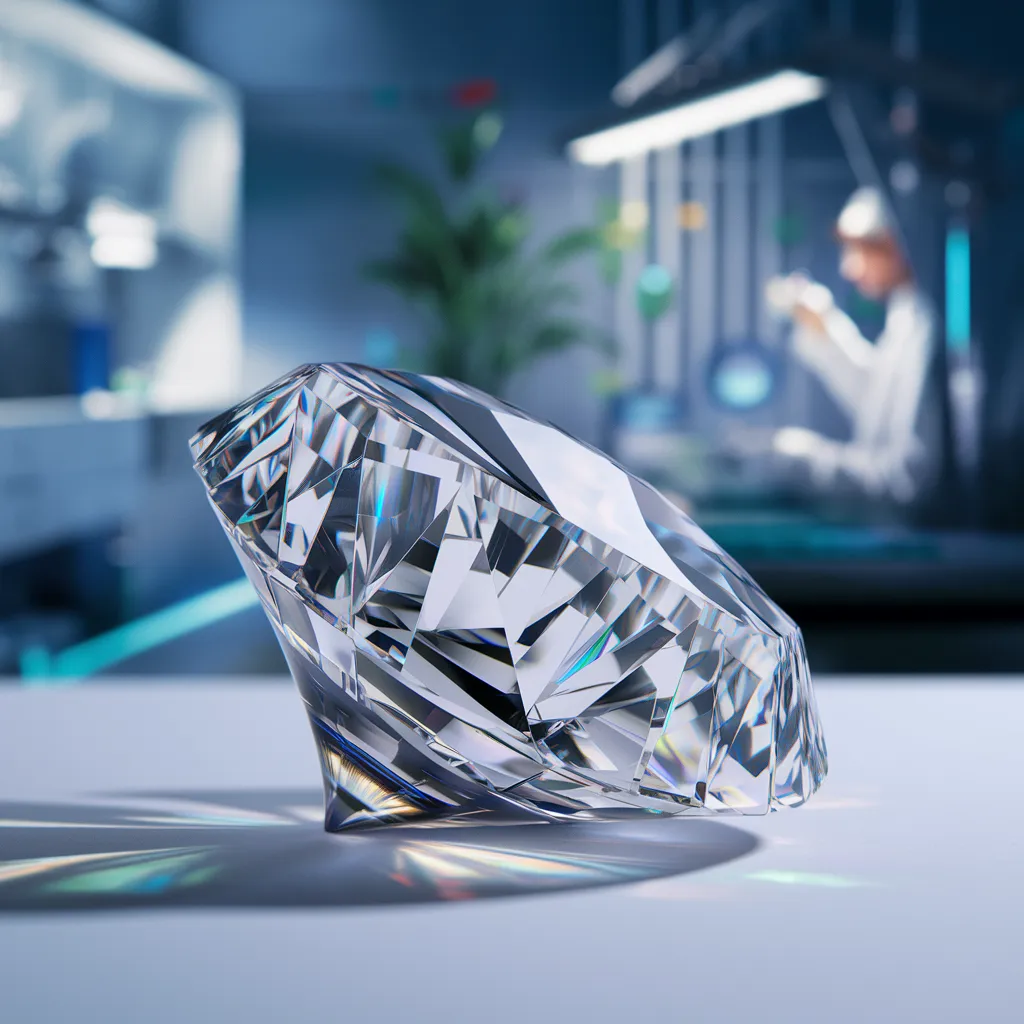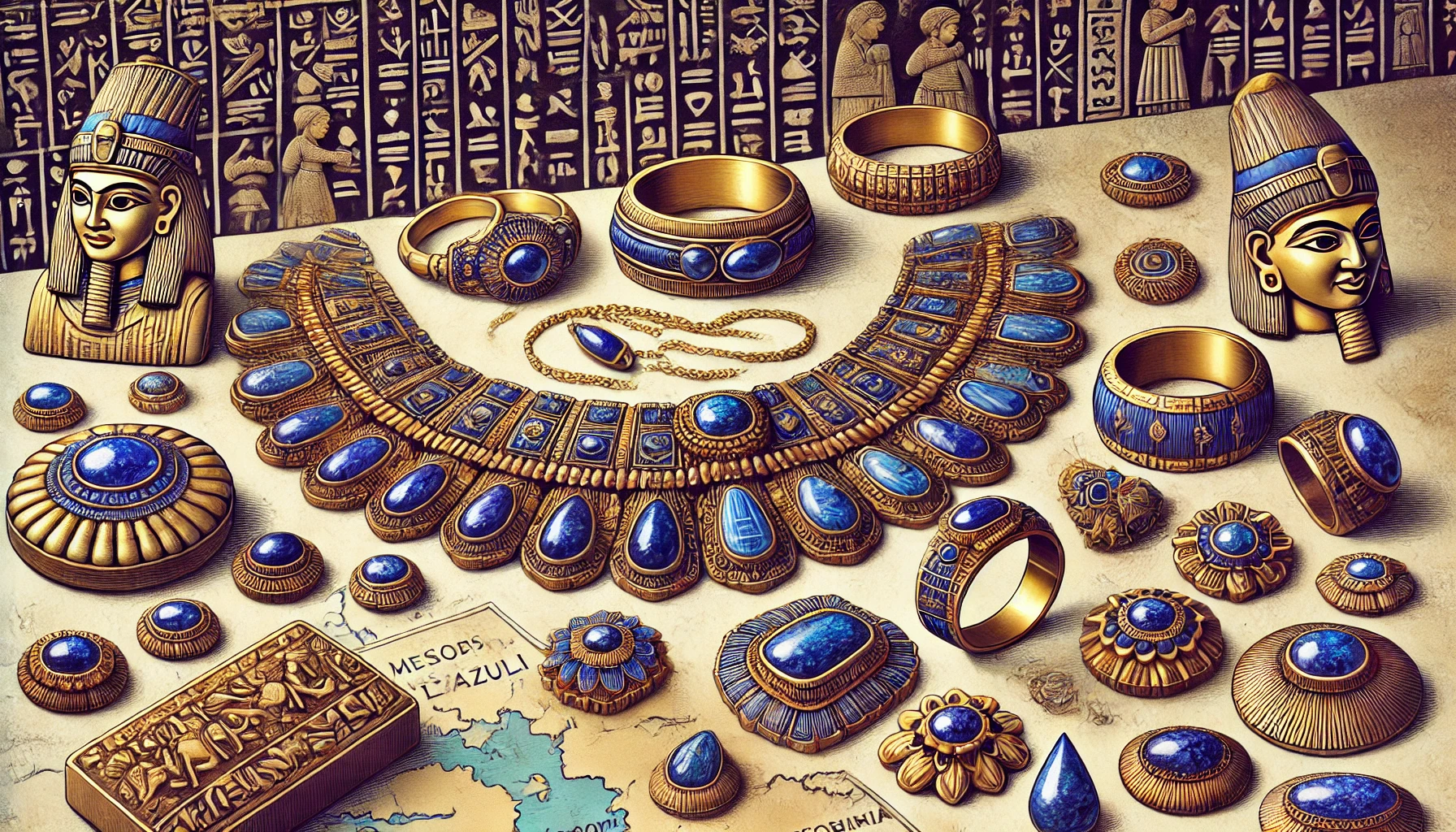
What is a lab-grown diamond?
Introduction
In the realm of precious gems, diamonds have always held an illustrious position symbolizing love, eternity, and sophistication. Conventionally, these coveted stones were extracted from the depths of the earth through laborious mining processes. However, the advent of technology has heralded a new era with the emergence of lab-grown diamonds, presenting an ethical and sustainable alternative to naturally occurring diamonds. This article aims to provide an in-depth exploration of lab-grown diamonds, shedding light on their origin, properties, advantages, and significance in the contemporary jewelry landscape.
Unveiling the Concept of Lab-Grown Diamonds
Defining Lab-Grown Diamonds
Lab-grown diamonds, also referred to as synthetic or cultured diamonds, are precisely what the name suggests: diamonds created in controlled laboratory environments rather than being mined from the earth's crust. Despite their artificial origin, lab-grown diamonds possess identical chemical, physical, and optical properties to naturally occurring diamonds, making them indistinguishable to the naked eye.
The Intricacies of Lab-Grown Diamond Production
The process of creating lab-grown diamonds involves sophisticated technological methods aimed at replicating the natural diamond formation process. Two primary techniques dominate the production of lab-grown diamonds: High Pressure High Temperature (HPHT) and Chemical Vapor Deposition (CVD).
High Pressure High Temperature (HPHT)
In the HPHT method, a small diamond seed is subjected to intense pressure and high temperatures resembling the conditions found deep within the earth's mantle where natural diamonds form. Carbon atoms are then introduced, facilitating the growth of a larger diamond crystal around the seed over a period of several weeks.
Chemical Vapor Deposition (CVD)
Contrastingly, the CVD process entails placing a diamond seed in a chamber filled with carbon-rich gas. Through the application of high temperatures, the gas breaks down, releasing carbon atoms that gradually adhere to the seed, layer by layer, eventually culminating in the formation of a diamond. This method offers greater control over the diamond's size and quality.
Understanding the Advantages of Lab-Grown Diamonds
Ethical and Environmental Sustainability
One of the most prominent advantages of lab-grown diamonds lies in their ethical and environmental credentials. Unlike traditional diamond mining, which often involves destructive practices and labor exploitation, lab-grown diamonds are produced ethically in controlled laboratory settings, eliminating the associated environmental harm and human rights concerns.
Cost-Effectiveness
From a consumer perspective, lab-grown diamonds offer a more affordable alternative to natural diamonds. The streamlined production process and elimination of mining-related expenses translate into reduced costs, enabling individuals to acquire larger or higher-quality diamonds without breaking the bank.
Diversity and Customization
Lab-grown diamonds provide a realm of possibilities in terms of customization and variety. Beyond the classic colorless diamonds, lab-grown diamonds can be engineered in an array of hues, including fancy colors like pink, blue, and yellow. This versatility empowers consumers to express their individuality through unique and personalized jewelry pieces.
A Comparative Analysis: Lab-Grown vs. Natural Diamonds
Physical and Visual Resemblance
In terms of appearance and physical properties, lab-grown diamonds are virtually indistinguishable from their natural counterparts. Both variants boast the same crystal structure, brilliance, and durability, making them equally desirable choices for jewelry aficionados.
Certification and Quality Assurance
Lab-grown diamonds undergo rigorous certification processes conducted by reputable gemological laboratories to assess their quality and authenticity. Institutions such as the Gemological Institute of America (GIA) and the International Gemological Institute (IGI) provide certifications that uphold the integrity and value of lab-grown diamonds, instilling confidence in consumers.
Market Perception and Value Proposition
While natural diamonds hold a historical allure and cultural significance, lab-grown diamonds are progressively gaining traction in the market. As consumer awareness regarding ethical and sustainable practices increases, the demand for lab-grown diamonds continues to soar, signaling a paradigm shift in the jewelry industry.
Conclusion: Embracing the Era of Lab-Grown Diamonds
In conclusion, lab-grown diamonds epitomize a revolutionary shift in the jewelry landscape, presenting consumers with a sustainable, ethical, and economically viable alternative to traditional diamonds. With their impeccable resemblance to natural diamonds, coupled with superior ethical and environmental credentials, lab-grown diamonds stand poised to redefine the standards of luxury and adornment. As the world embraces a future guided by sustainability and innovation, lab-grown diamonds emerge as beacons of responsible consumption, embodying the ethos of beauty without compromise.










